Treatment of common faults of electromagnetic flow meter
Electromagnetic flowmeter is a kind of instrument to measure the flow of conductive fluid by using Faraday’s law of electromagnetic induction according to the electromotive force generated by the flow cutting magnetic field line. The common faults of electromagnetic flowmeter are: no display, inaccurate flow measurement, air traffic control alarm, system alarm, upper and lower limit alarm, etc.
No display: Check steps:
① Check whether the converter is flooded;
② Check whether the power cable connection is correct and reliable;
③ Check whether the fuse in the junction box of the converter is blown.
Maintenance method:
① If the converter is flooded, power off and clean the water, if it is not displayed, the converter needs to be replaced.
②The power supply wiring is correct and firmly connected;
③ If the fuse is blown, replace the fuse of the same model.
Flow measurement is not accurate: check steps:
① Check whether the medium is full;
② Whether the signal line is connected correctly and reliably;
③ Check whether the sensor aperture, instrument coefficient 1, instrument coefficient 2 are consistent with the sensor nameplate;
④ Reading pulsation, check whether the ground wire is connected.
Maintenance method:
① If the medium can not be full pipe, it is necessary to reinstall the flow meter correctly;
② The signal line is correctly and firmly connected;
③ Modify the parameters to make them consistent with the nameplate;
④ Connect the ground cable.
Air traffic control alarm (Mtsnsr) :
① check whether the medium is full;
② short-connect the converter SIG1 and SIG2 to SIG GND to see whether the fault can be removed;
③ Check whether the signal cable is connected correctly;
④ Check whether the electrode is contaminated (if it is contaminated, use a soft brush to clean the pollutant);
⑤ When the flow rate is zero, the Mtsnsr Emval value of the check parameter should be greater than 500;
⑥ In the case of water and flow, check the ground resistance of SIG1 or SIG2, and its value should be less than 50K ohms.
If you have problems with other flow meters (such as vortex flow meters, turbine flow meters, ultrasonic flow meters), you can contact Aister at any time.

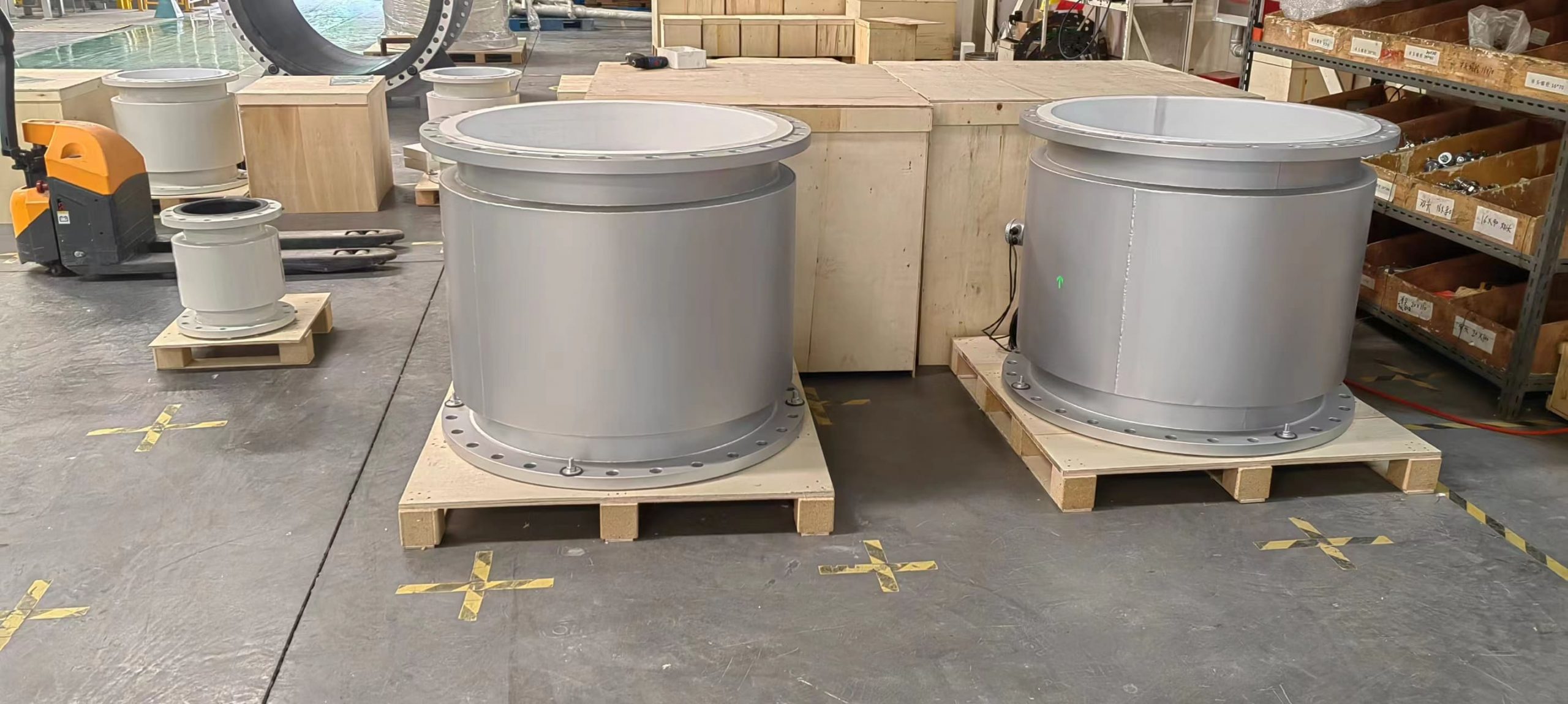
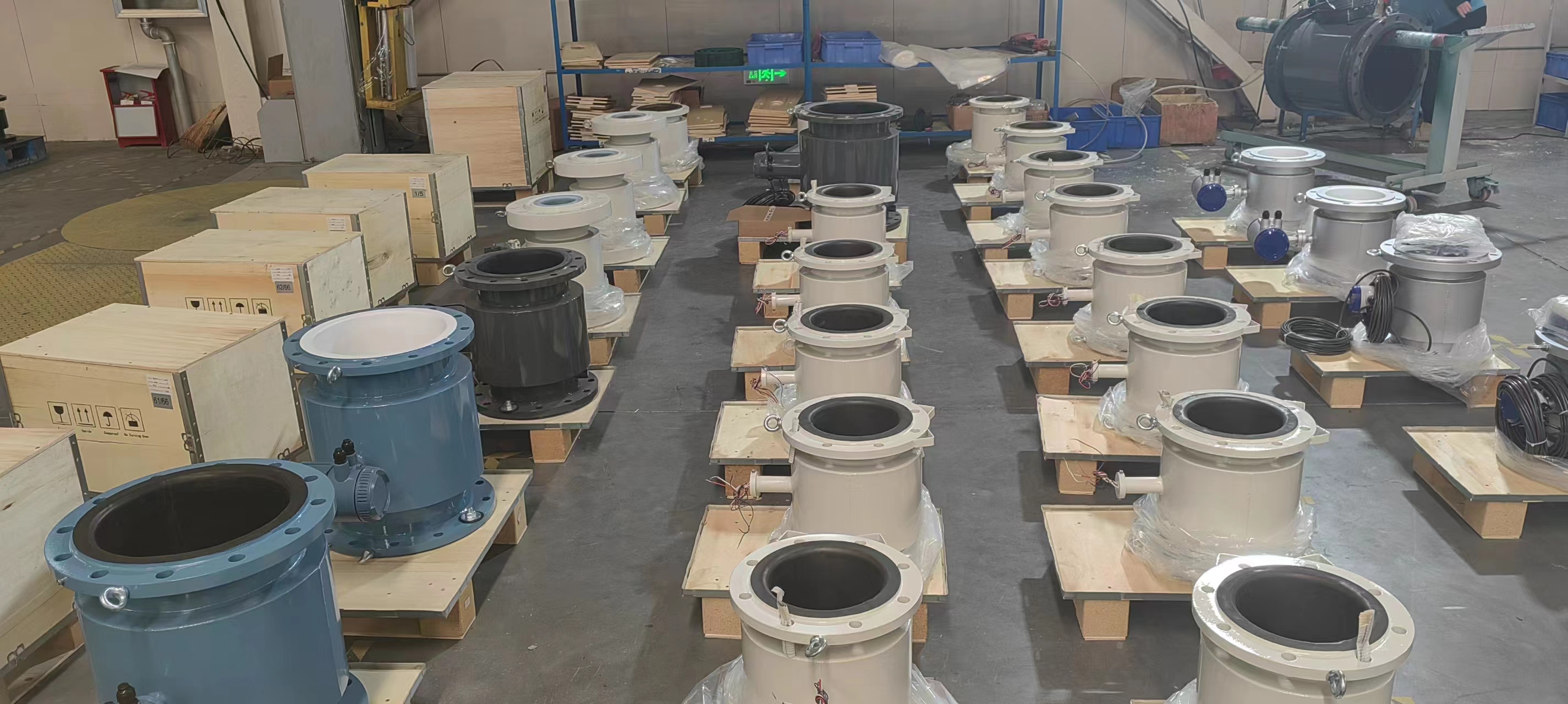
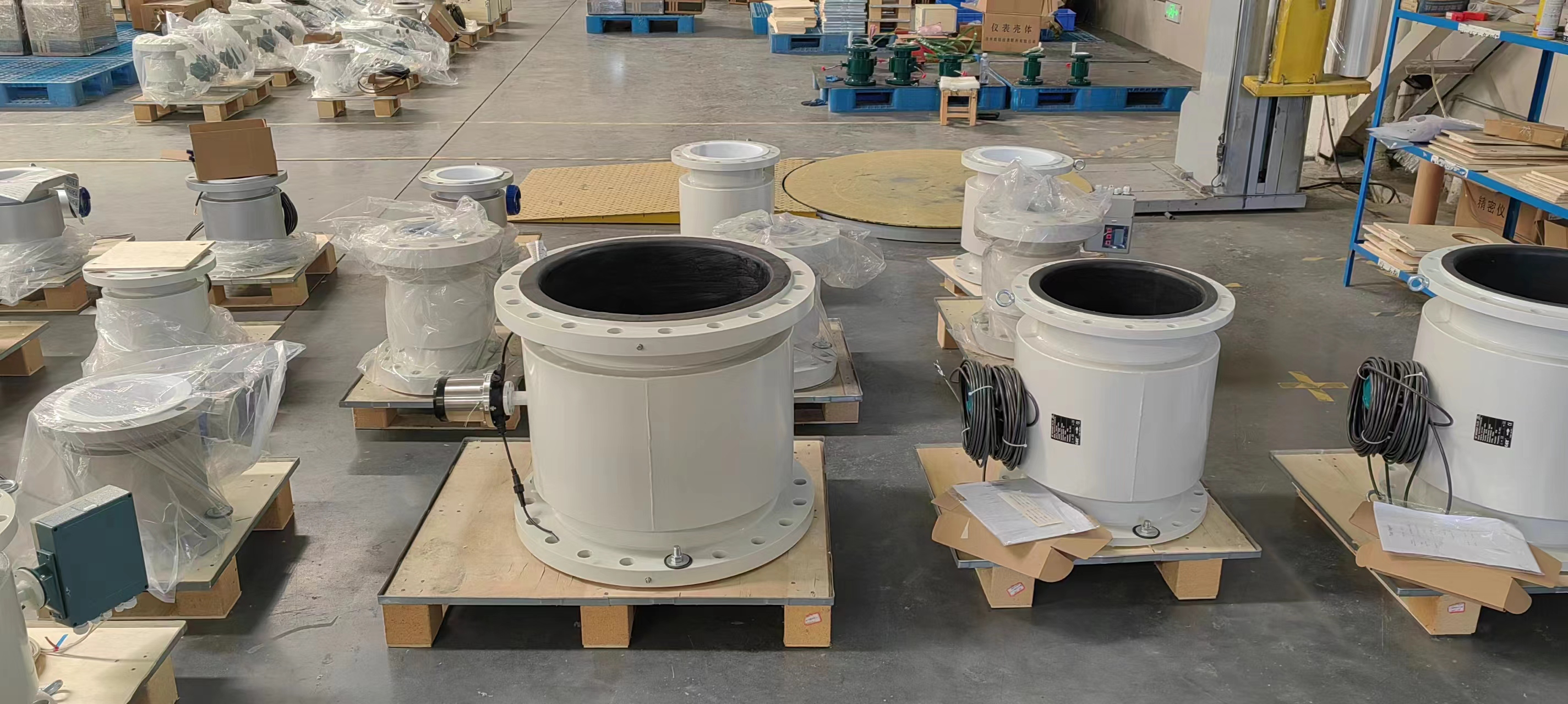
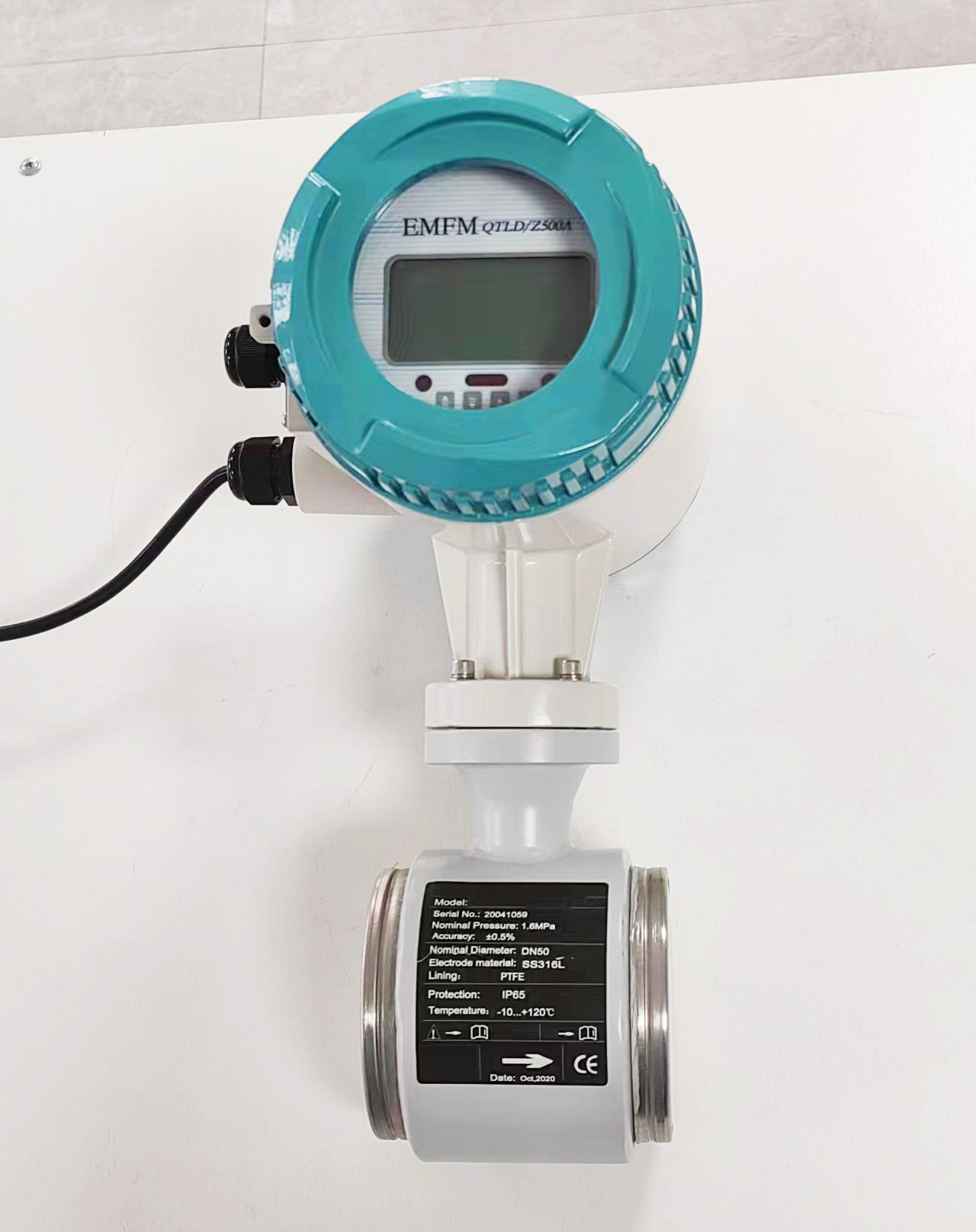

-.jpg)
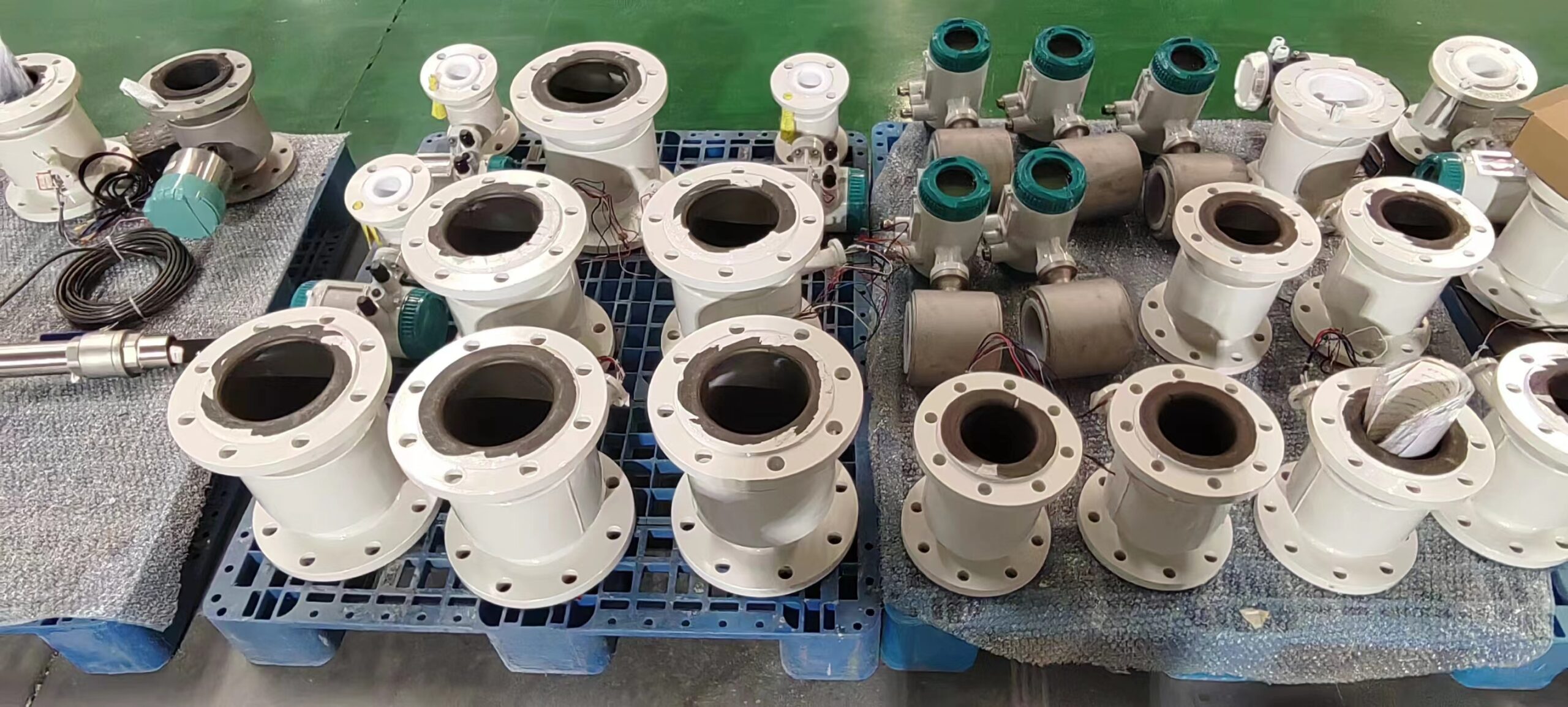
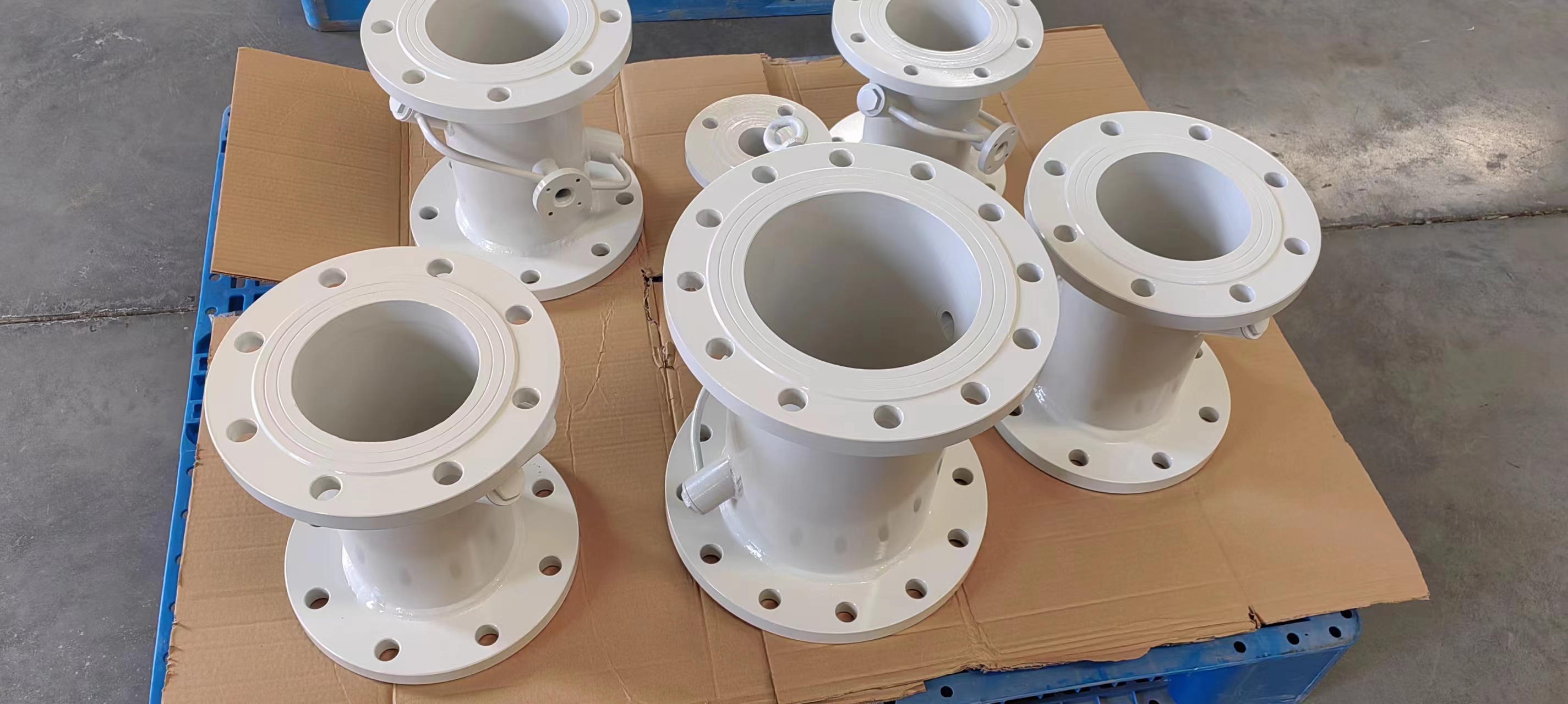

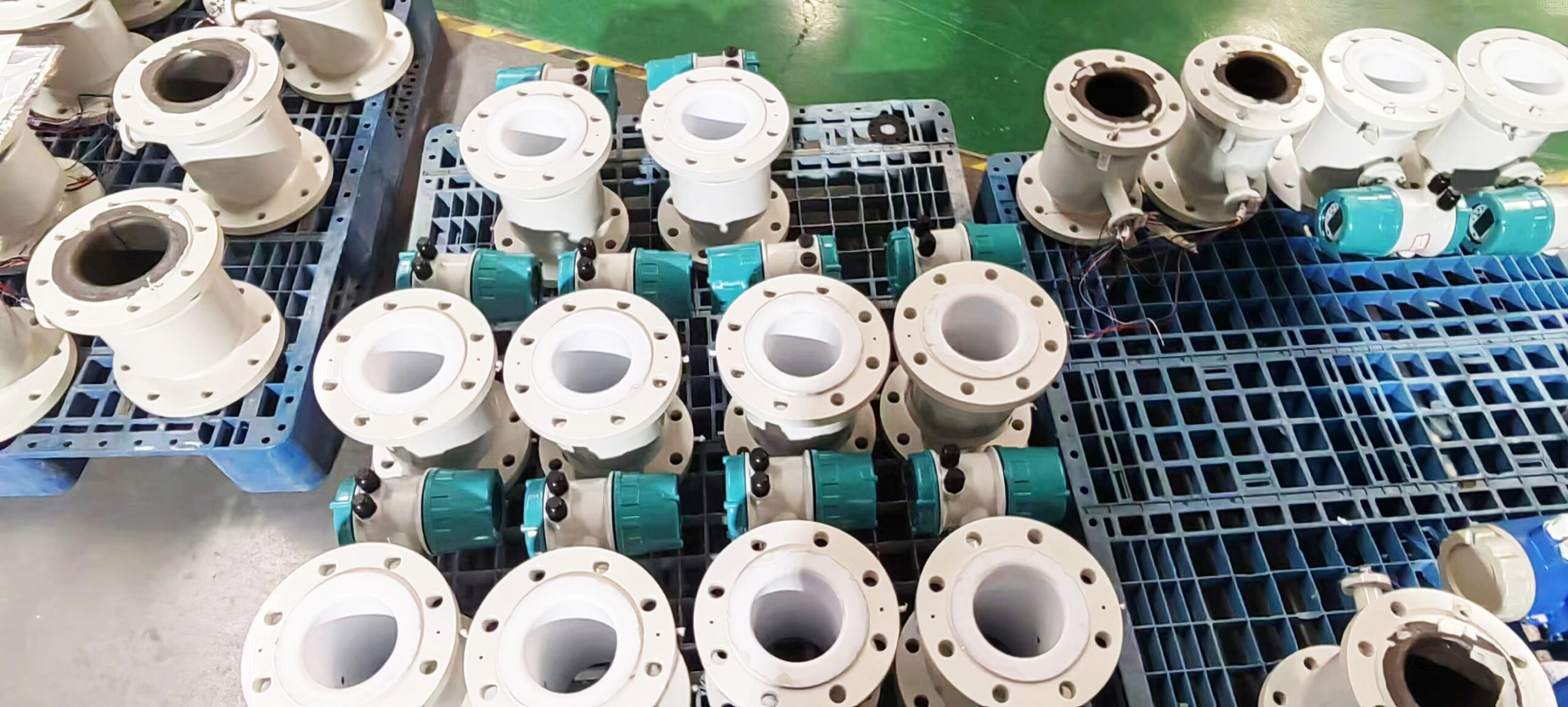
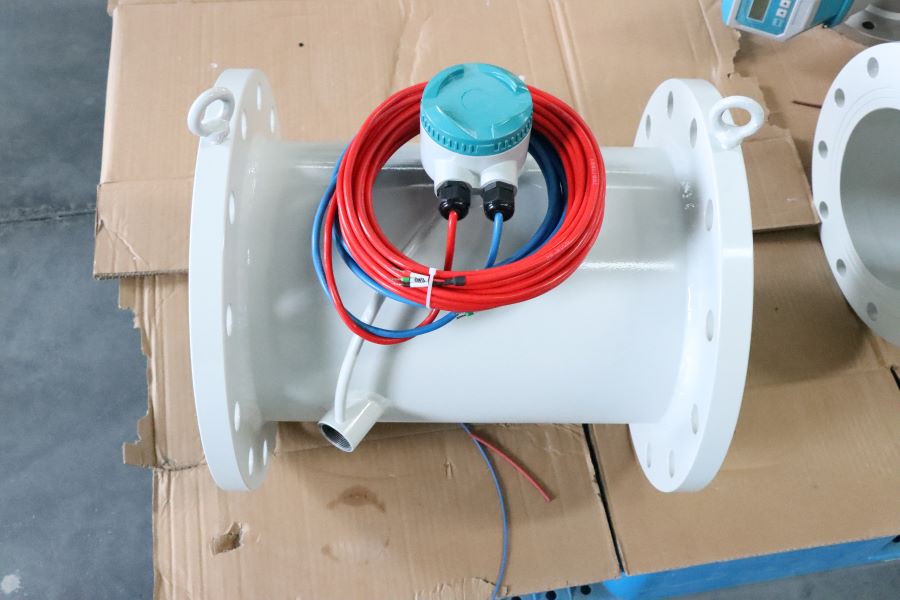
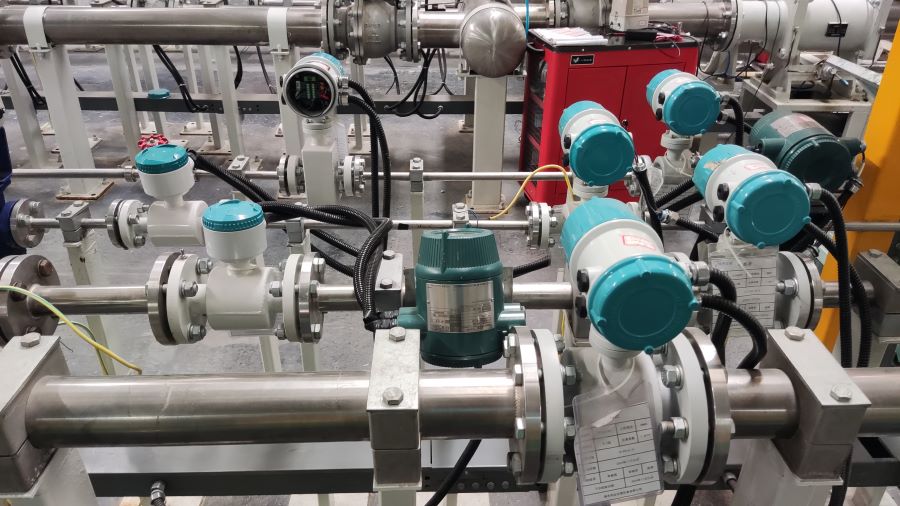
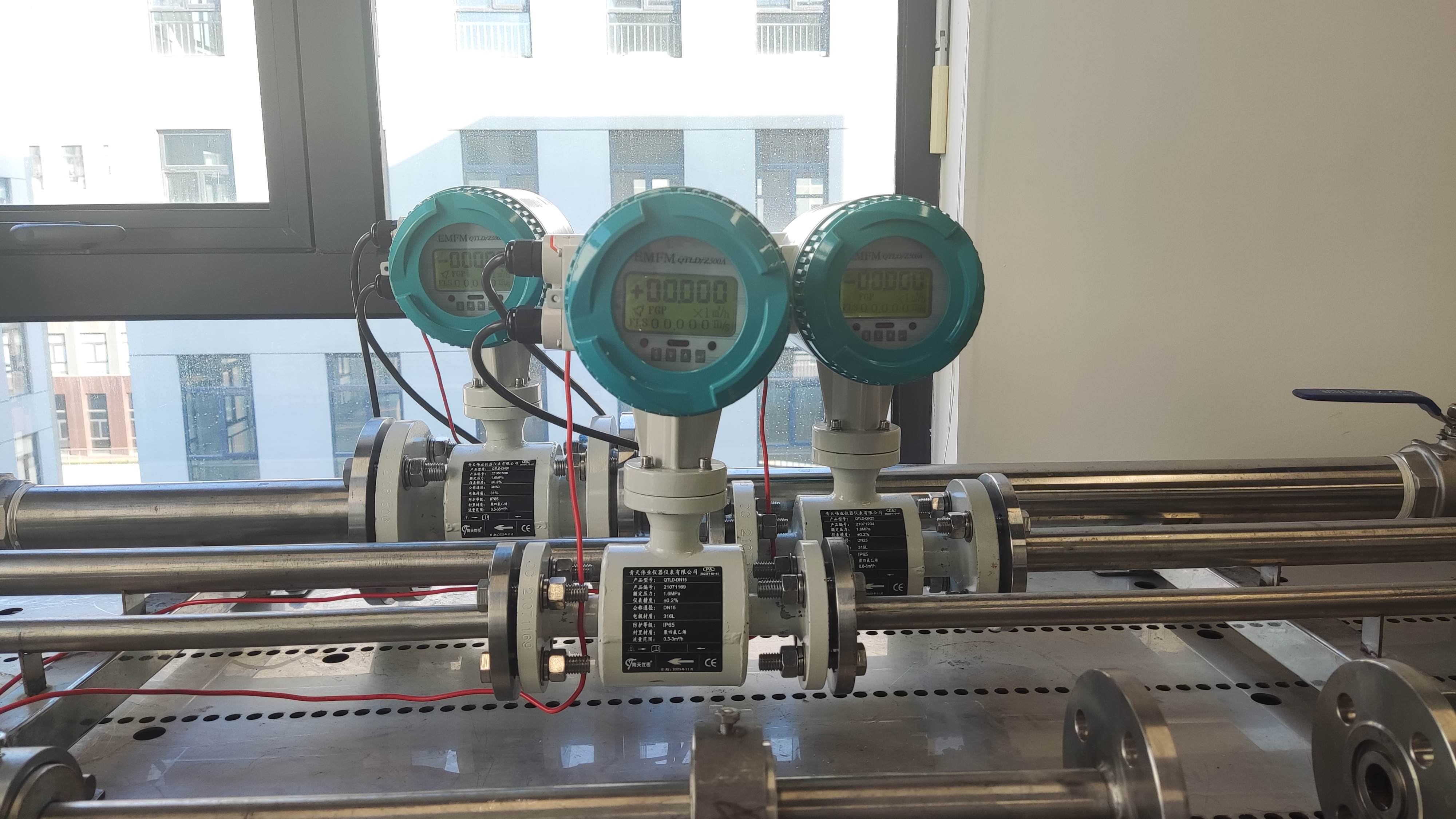
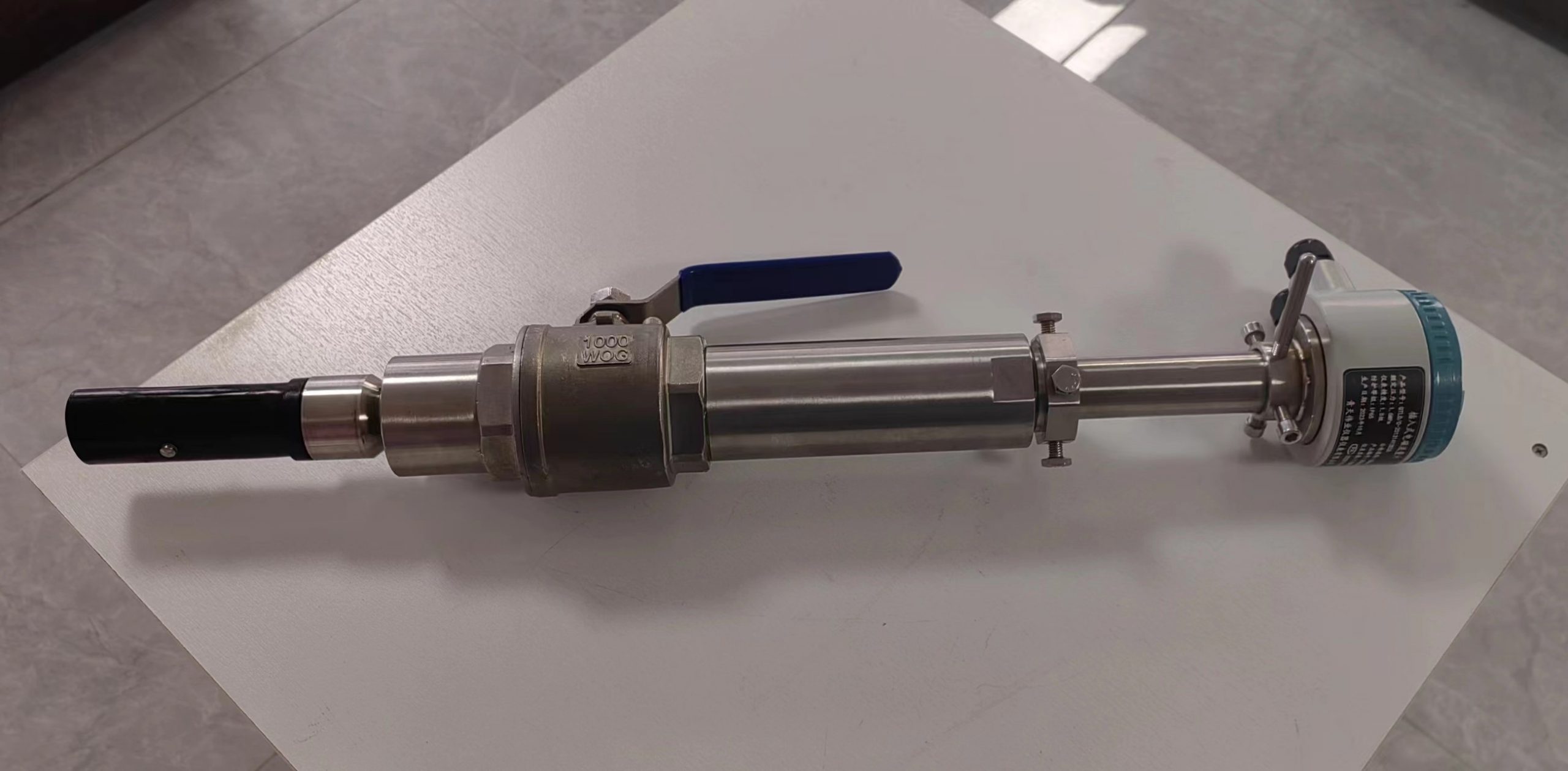
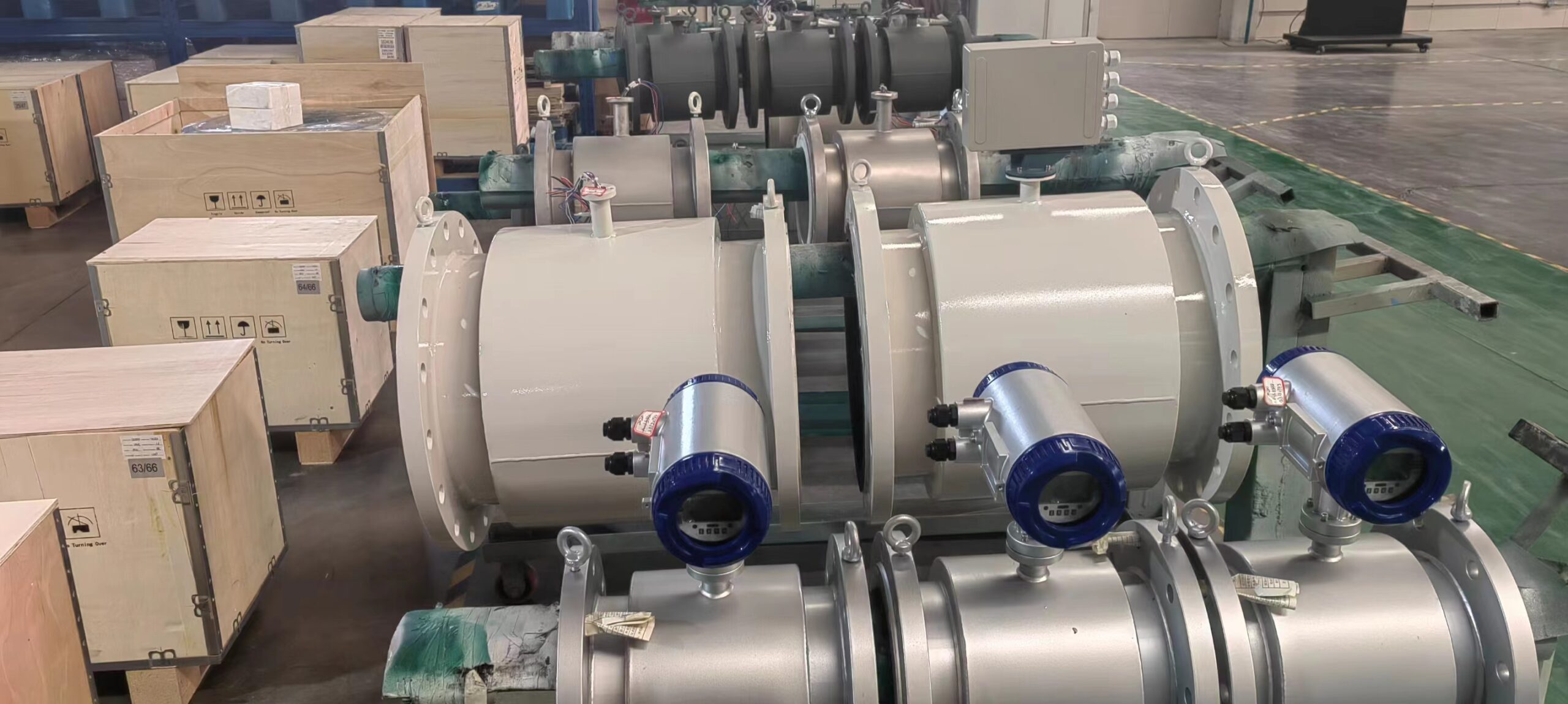
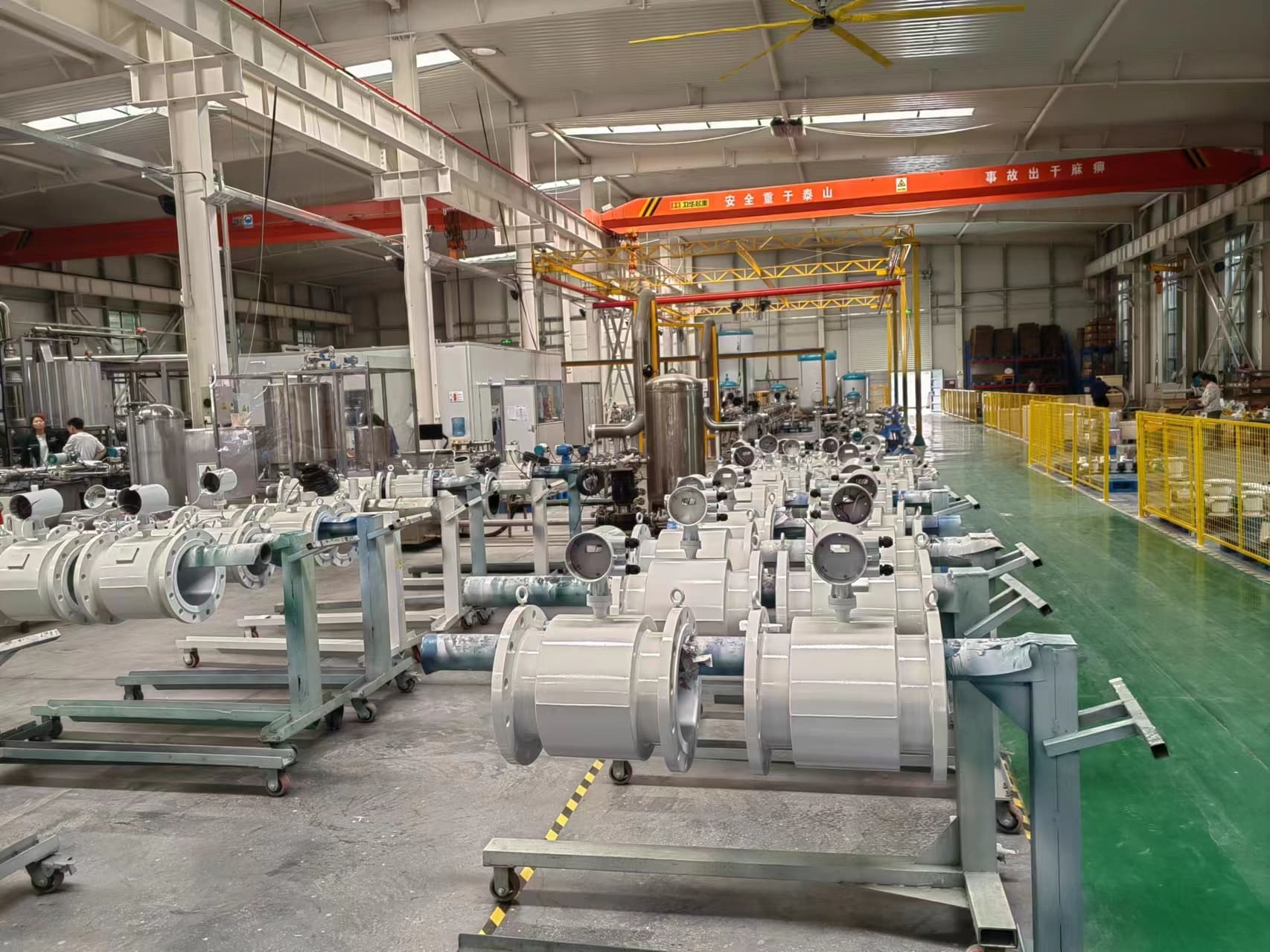
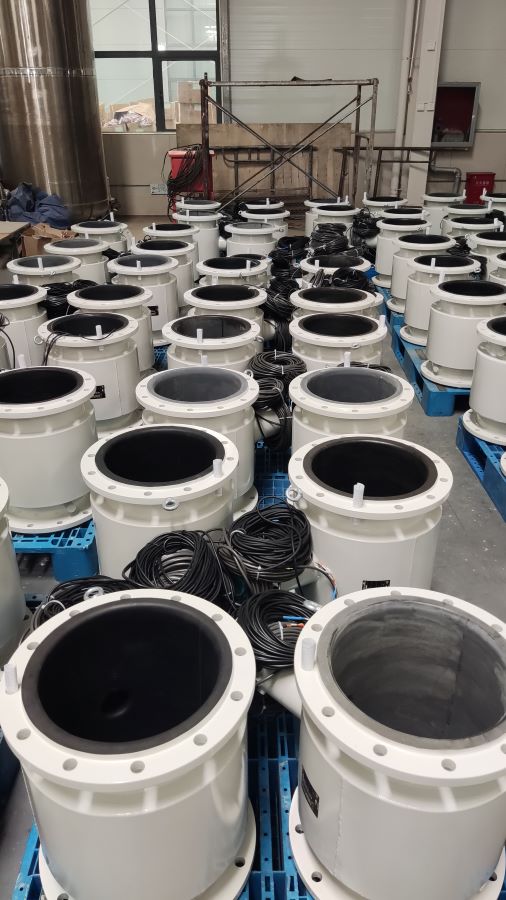
-.jpg)
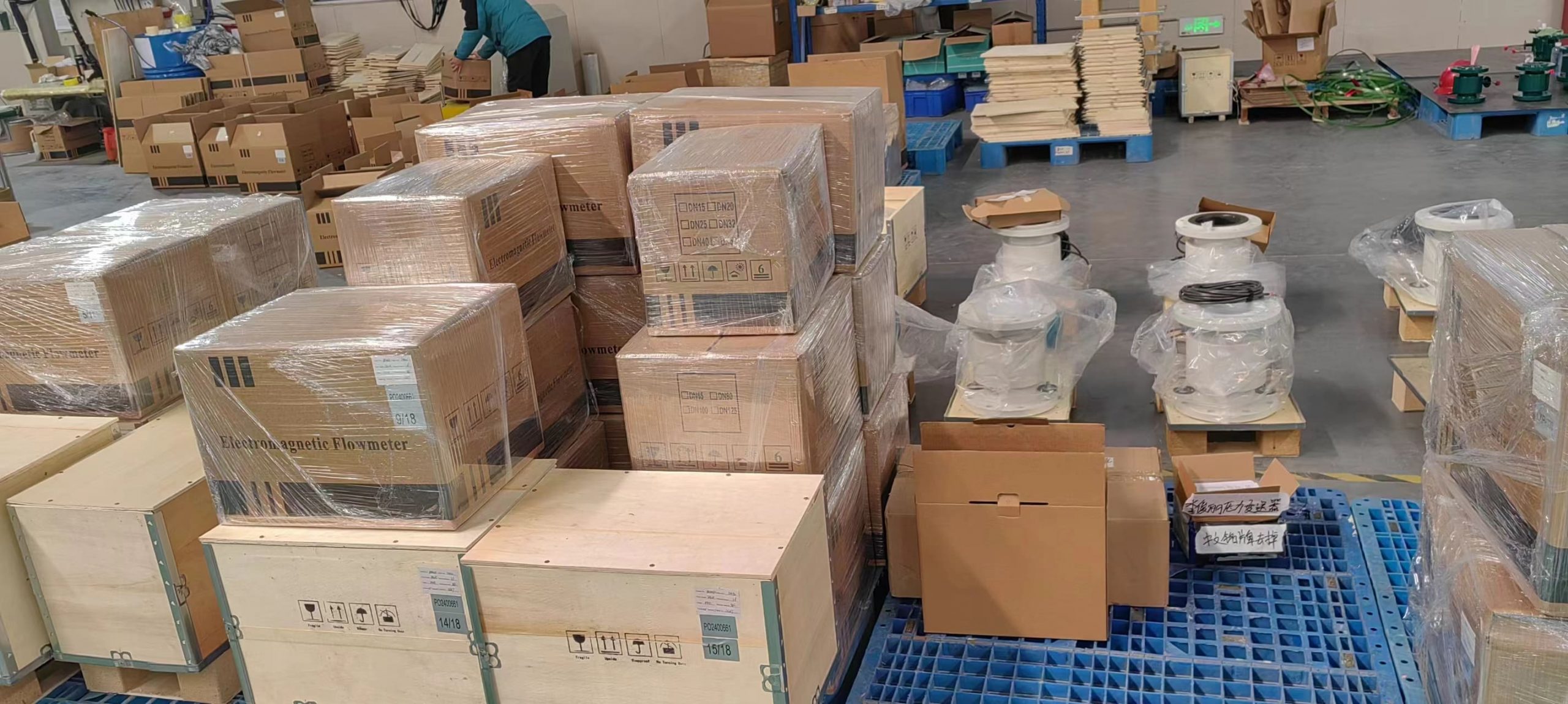
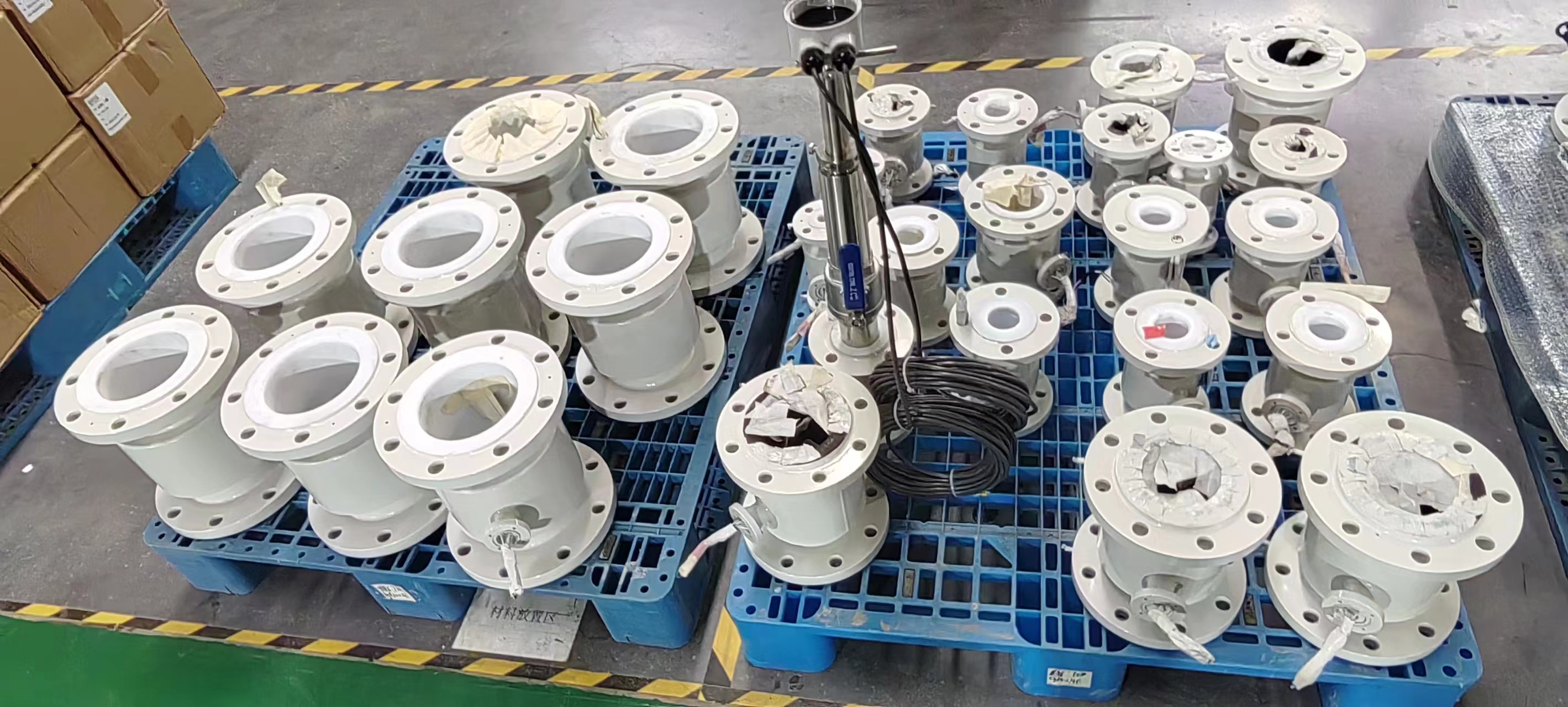
-.jpg)

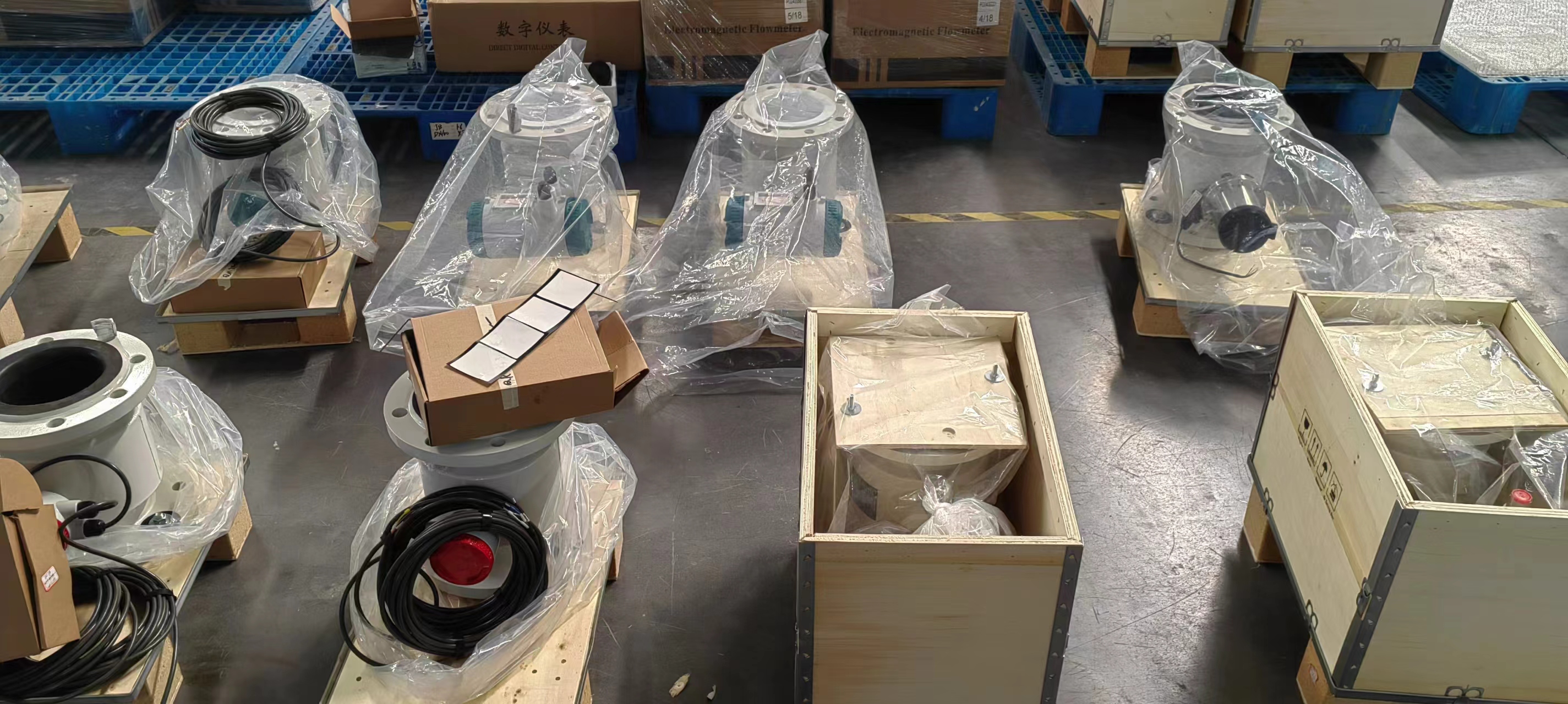
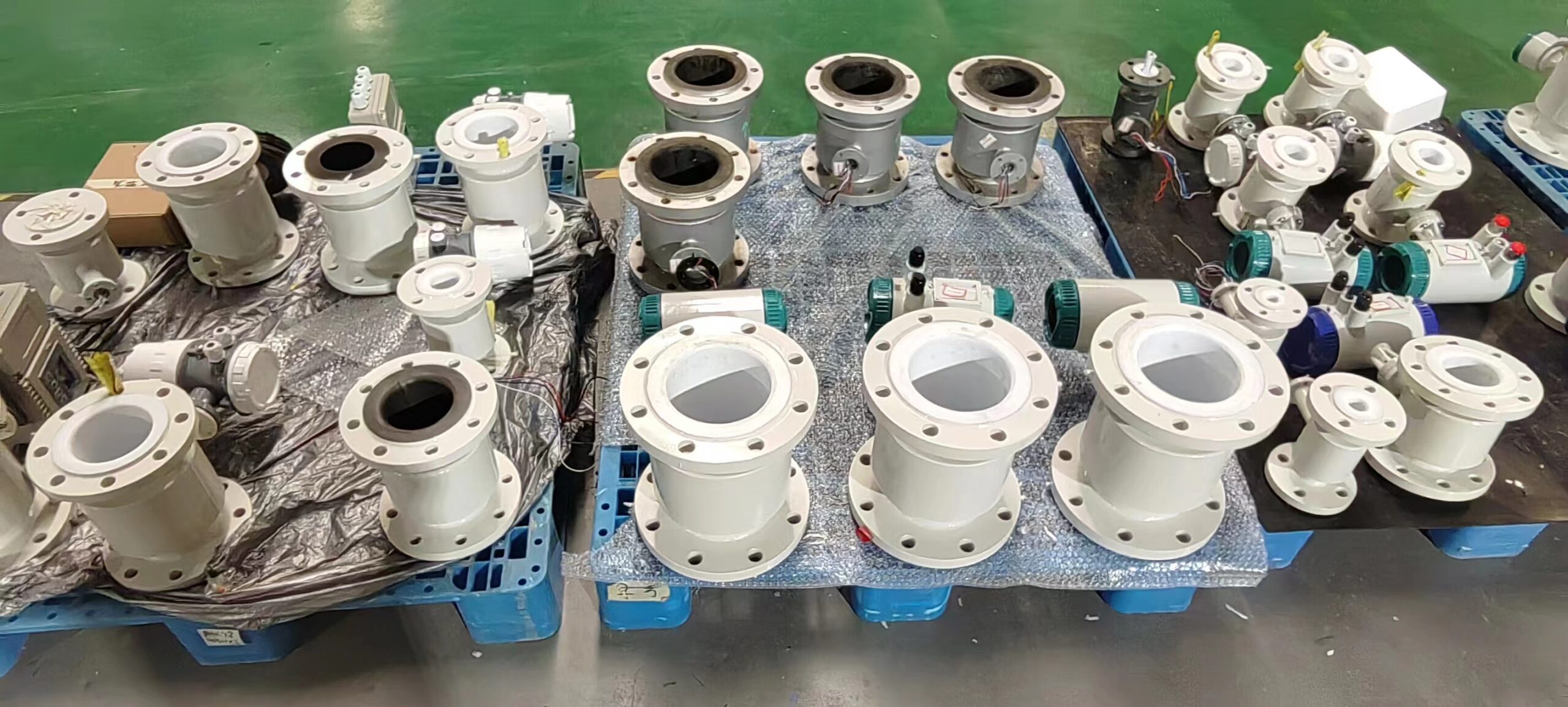
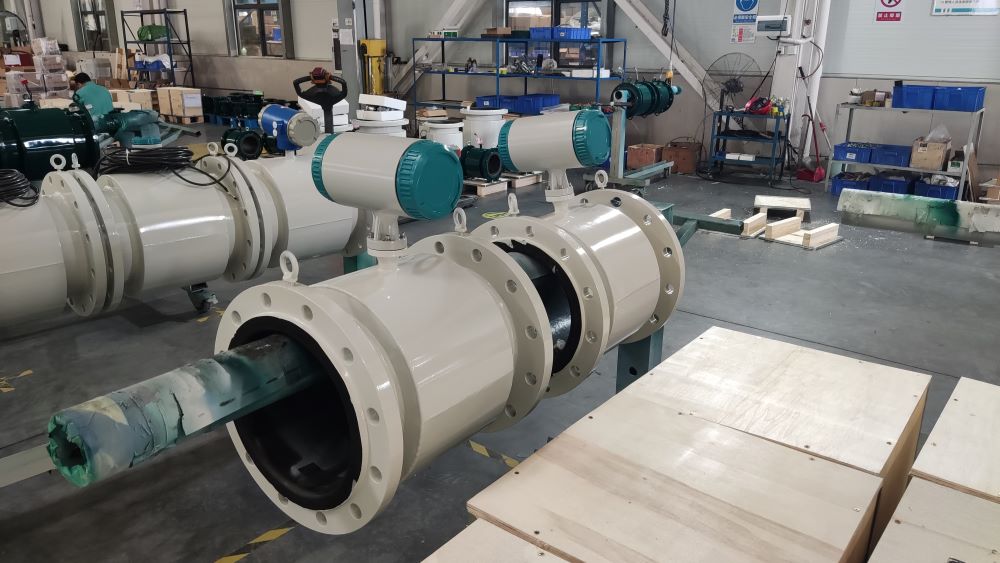
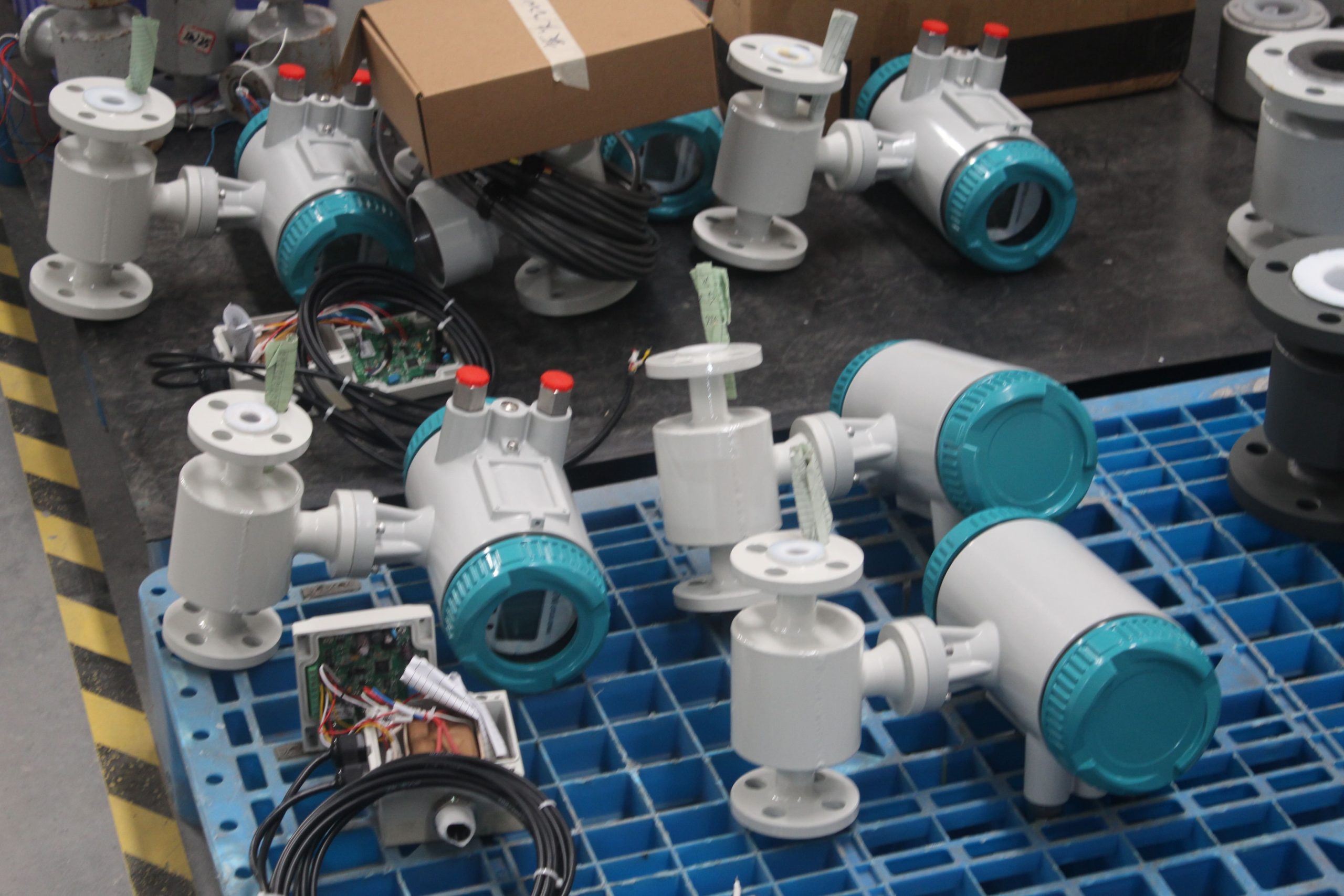
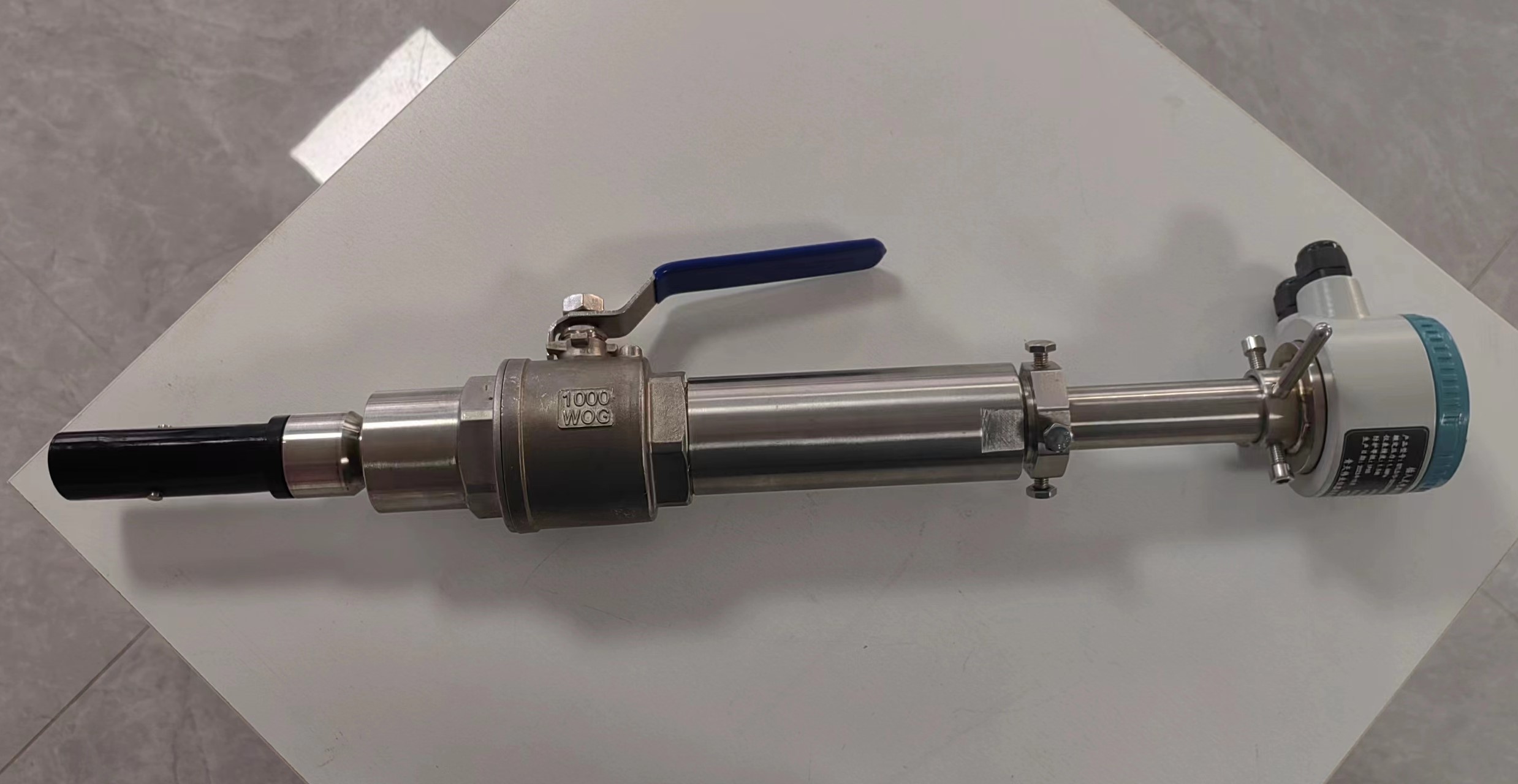
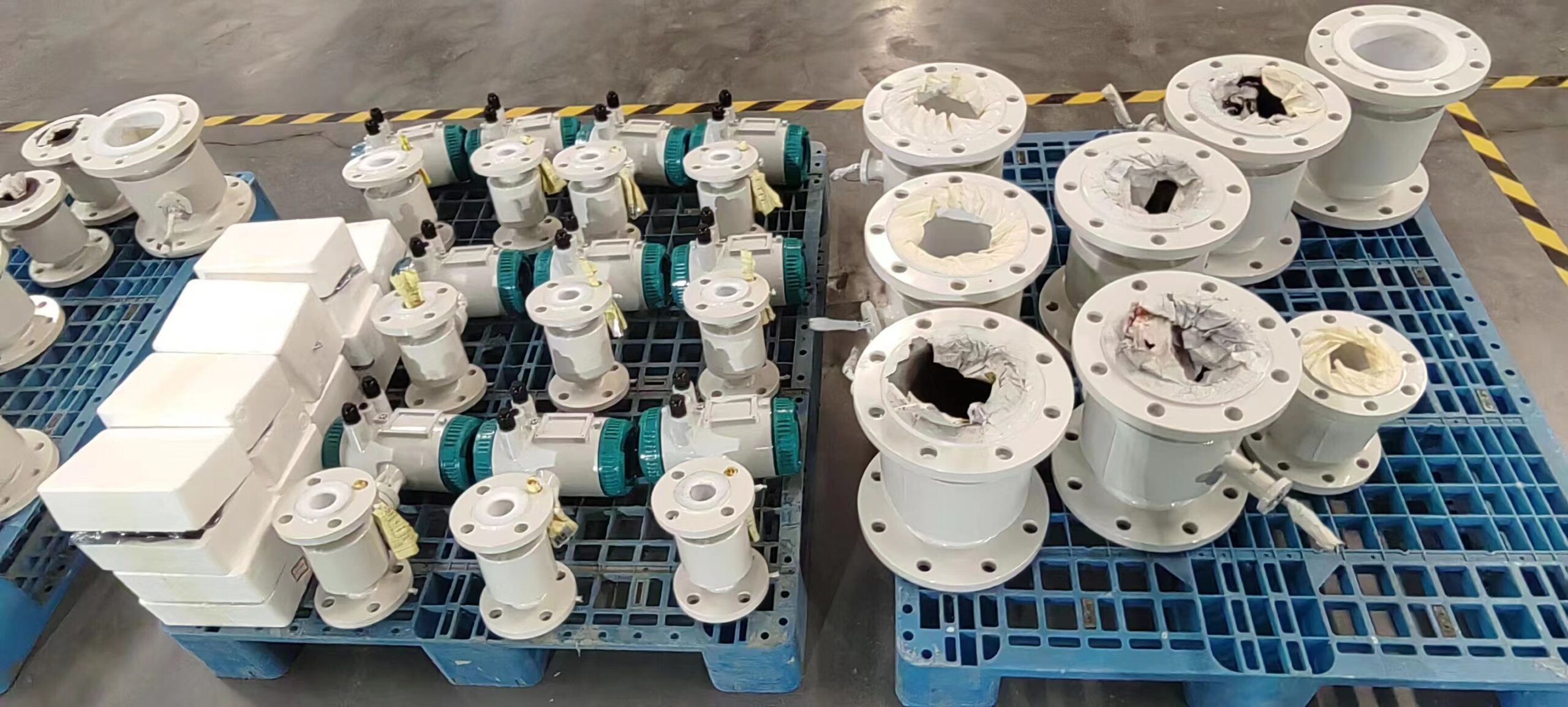

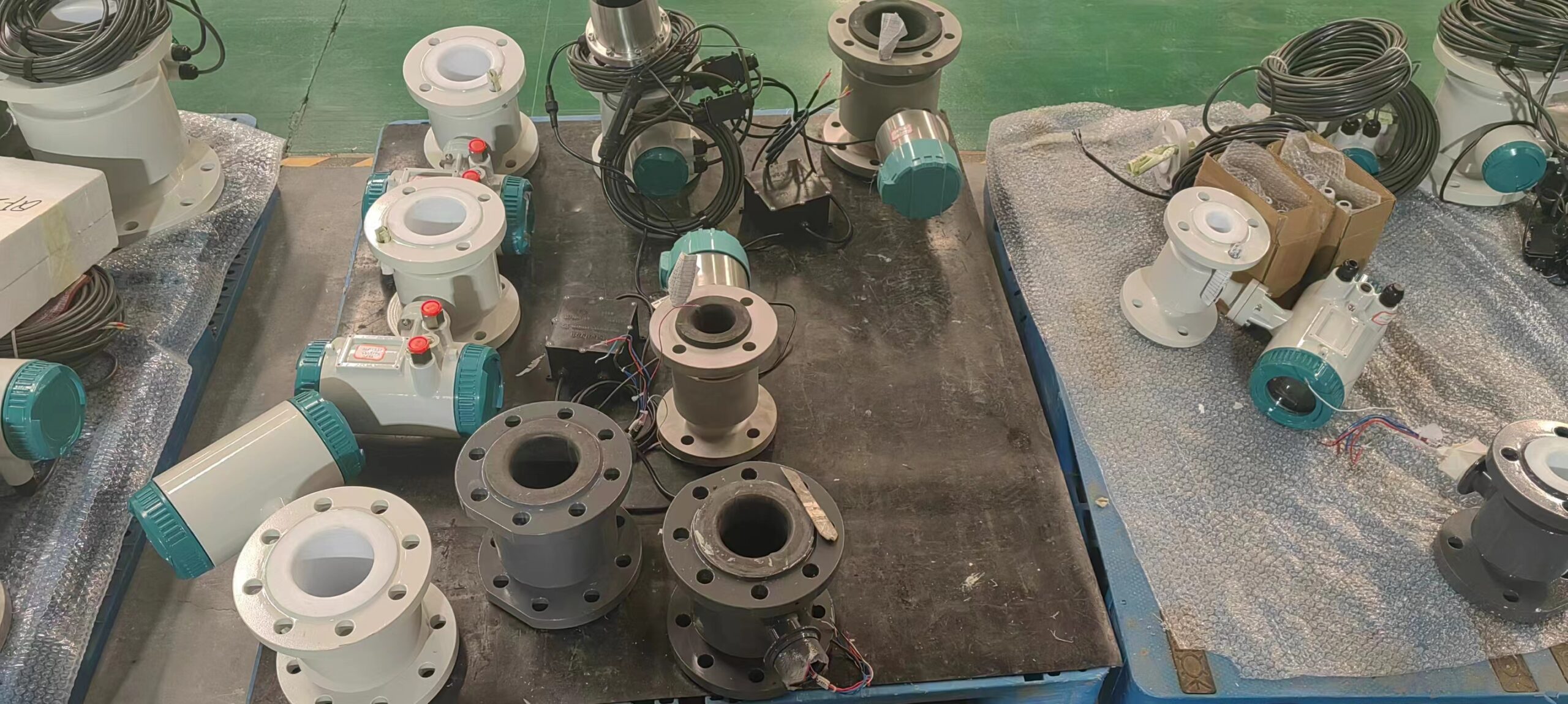
-.jpg)





